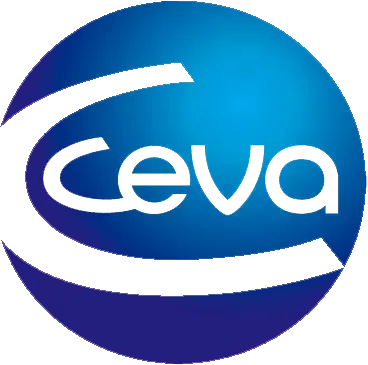Myth vs Fact: Treatment of Congestive Heart Failure

Sponsored by Ceva Animal Health, LLC
Congestive heart failure (CHF) secondary to myxomatous mitral valve disease (MMVD) is a common diagnosis in many veterinary practices, and an understanding of current treatment options and guidelines is essential to providing the best possible patient care.
Although referral to a cardiologist can be beneficial, management of MMVD is often done in a general practice setting, and treating MMVD is sometimes accompanied with uncertainty over when to begin treatment and which medications will offer the most significant benefits. The following are common misconceptions about the medical treatment of MMVD.
Myth #1: Dogs with MMVD do not need medication unless they are experiencing severe, ongoing signs of CHF.
According to the 2019 ACVIM Consensus Guidelines for the Diagnosis and Treatment of Myxomatous Mitral Valve Disease in Dogs, any dog with MMVD of stage B2 or higher, including patients with current or former signs of CHF, needs medical treatment.1 Mild clinical signs do not justify a lack of treatment nor does the resolution of previous clinical signs.1 In fact, the guidelines specify that patients continue to be categorized as Stage C even after improvement or complete resolution of clinical signs is seen with standard treatment, unless the valve is surgically repaired.1
Myth #2: The only medications required for the treatment of canine CHF are pimobendan, furosemide, and an angiotensin-converting enzyme (ACE) inhibitor.
In addition to pimobendan, furosemide, and an ACE inhibitor, the ACVIM guidelines recommend the use of spironolactone.1 An ACE inhibitor alone is not sufficient to block aldosterone production, as angiotensin II is produced by alternative pathways; therefore, an ACE inhibitor does not prevent all aldosterone production. Spironolactone is an aldosterone receptor antagonist, preventing cardiac fibrosis, sympathetic nervous system activation, and other harmful effects of aldosterone.2
Myth #3: Owners of dogs with CHF are willing to do whatever it takes to ensure their dog is treated.
In a study of 96 owners of dogs with CHF, 30.2% of owners said they could not reliably administer >3 medications per day.3 In addition, 47.9% of owners said they could not reliably administer >2 medications per day.3 Combining medications when possible, such as the combination of benazepril and spironolactone in a single, once-daily chewable tablet (CARDALIS™), can help make compliance easier for clients.
Myth #4: Adding a new medication that contains a combination of spironolactone and benazepril, which is found in CARDALIS™, significantly increases treatment risks and the need for monitoring.
Recommended monitoring for spironolactone is similar to the monitoring required for furosemide and other cardiac medications; veterinarians should assess renal function and serum potassium levels before beginning treatment and throughout treatment.4 In a study comparing the use of benazepril and spironolactone with furosemide with the use of benazepril alone with furosemide, there was no statistically significant difference in adverse effects between groups and the addition of spironolactone did not result in an increased risk for adverse effects.5
Myth #5: CARDALIS™ is contraindicated in patients with a wide variety of clinical conditions.
Most dogs with CHF secondary to MMVD can be safely and effectively treated with CARDALIS™. However, CARDALIS™ should be avoided in dogs with hypoadrenocorticism, hyperkalemia, and/or hyponatremia, as well as in dogs with a known hypersensitivity to ACE inhibitors or spironolactone.4 In addition, the concurrent administration of CARDALIS™ and NSAIDs should be avoided in dogs with renal insufficiency.4
Conclusion
A 2021 study of 569 client-owned dogs with CHF secondary to MMVD demonstrated that the combination of benazepril and spironolactone with furosemide is effective, safe, and superior to benazepril with furosemide alone.5 In the same study, combining benazepril and spironolactone (CARDALIS™) was shown to reduce the risk for death or worsening of cardiac disease by 27% at day 360.5
CARDALIS™ provides clinical benefits with no statistically significant worsening of adverse effects,5 offering advantages for patients with CHF secondary to MMVD.
To learn more about CARDALIS™ (spironolactone and benezapril hydrochloride chewable tablets), view the full product information here.
